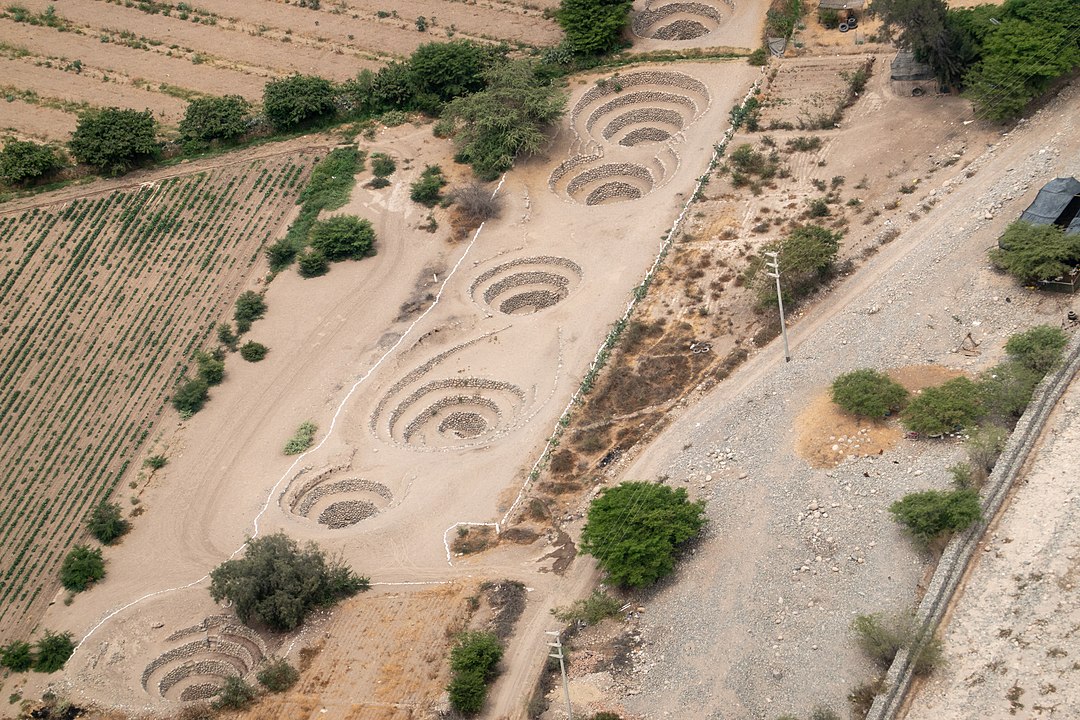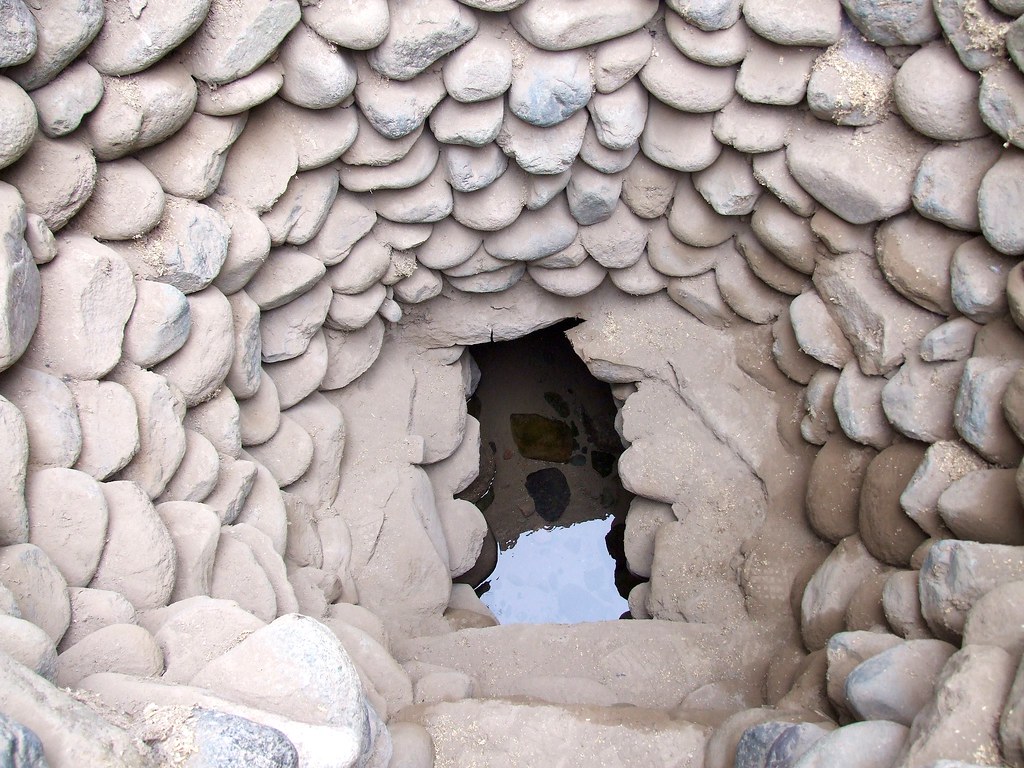The Nazca civilization, which thrived in ancient Peru during the pre-Columbian era, left behind a lasting testament to their engineering prowess – the Cantalloc Aqueducts. These remarkable aqueducts, constructed over 1,500 years ago, continue to serve their original purpose of supplying water to the arid region and are still relied upon by local farmers to this day.

A team of researchers led by Rosa Lasaponara from the Institute of Methodologies for Environmental Analysis recently analyzed satellite images to gain new insights into the existence of the “puquios.” These puquios are a series of aqueducts located about 4 kilometers (2.5 miles) west of the city of Nazca in Peru. The Nazca civilization constructed approximately forty of these aqueducts, which were used throughout the year.

Interestingly, these aqueducts were built in close proximity to the famous Nazca lines, approximately four kilometers east of them. This physical adjacency and the shared focus on water raise suspicions that these structures may have a shared theme. Just as the Nazca lines are believed to have had a sacred function in addition to their practical purpose, it is thought that these aqueducts served both a utilitarian role in preparing the land for agriculture and a symbolic role in the search for water, a precious resource.

The Cantalloc Aqueducts, with their helix-like structures known as puquios, were an integral part of a hydraulic system designed to capture and channel water. The unique spiral shape of the puquios allowed wind to enter a network of underground canals, directing water from aquifers to the areas where it was most needed. Thirty of these puquios are still in use today, a testament to their enduring effectiveness.

The sophisticated design of these aqueducts demonstrates the Nazca civilization’s deep understanding of the geology of the region and the patterns of water availability. They harnessed the power of nature and adapted it to meet their needs, a remarkable feat for a civilization of their time.

The Nazca civilization flourished between 100 BC and 800 AD in the river basins of the Rio Grande de Nazca drainage and the Ica Valley, located in the arid southern coast of Peru within the Nazca Desert. Known for their ceramics, textiles, geoglyphs, and aqueducts, the Nazca people drew inspiration from the earlier Paracas culture, renowned for its intricate textiles.
Apart from their impressive water networks, the Nazca people are most famous for the Nazca Lines, gigantic drawings etched into the desert whose purpose is still a subject of debate. Additionally, recent discoveries have revealed that the feline figure depicted in one of the Nazca lines is that of a rather stout tabby cat.

The Nazca civilization, like other Andean cultures residing along the South American coast, had a deep connection with the ocean. This can be seen in the representation of a beautiful woman carved into a whale’s tooth. The juxtaposition between the earth with its freshwater and the salty ocean and its strange creatures held significant spiritual importance. The act of fashioning a ceremonial sculpture from the teeth of a giant sea monster amplified the spiritual significance of the artwork.
Returning to the impressive aqueduct systems of the Nazca, they were designed to transport water from springs located high in the mountains. These springs, enclosed by stone walls and topped with wooden roofs, are situated far up the slopes. From the puquios, water is channeled through extensive ditches to irrigate the lowland farms.
The aqueducts follow a straightforward route, designed as massive arcs. This winding